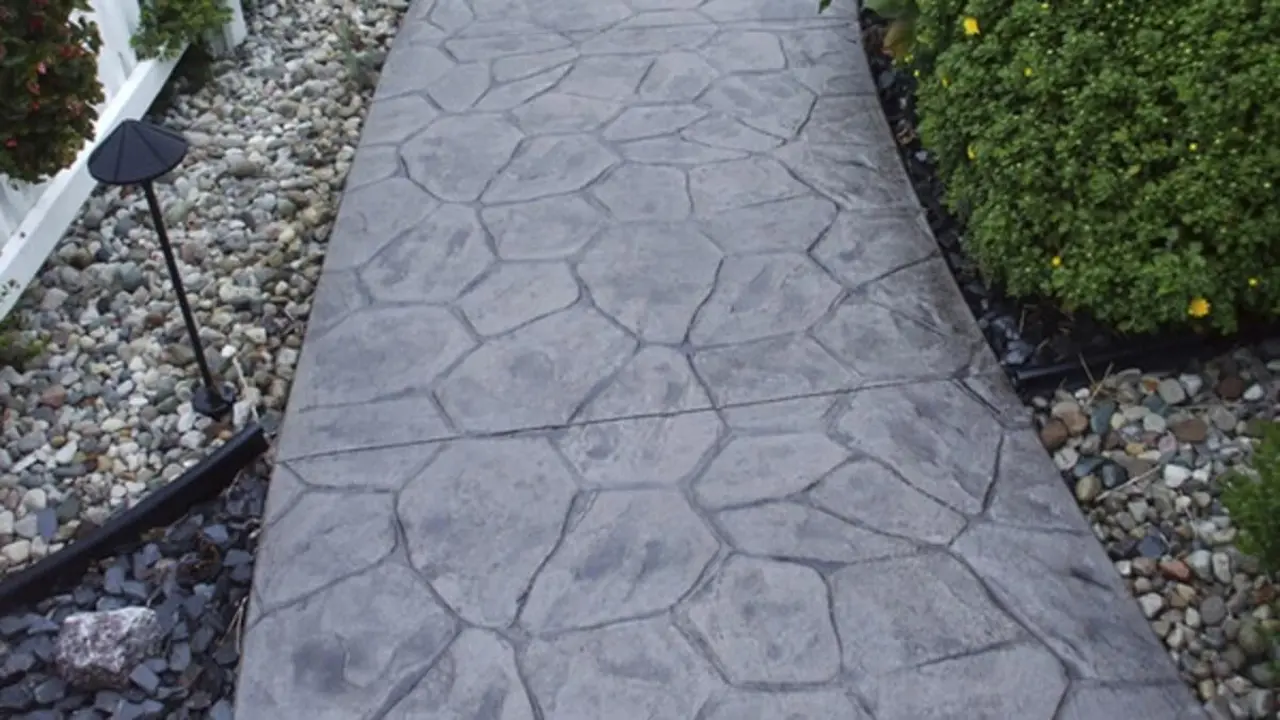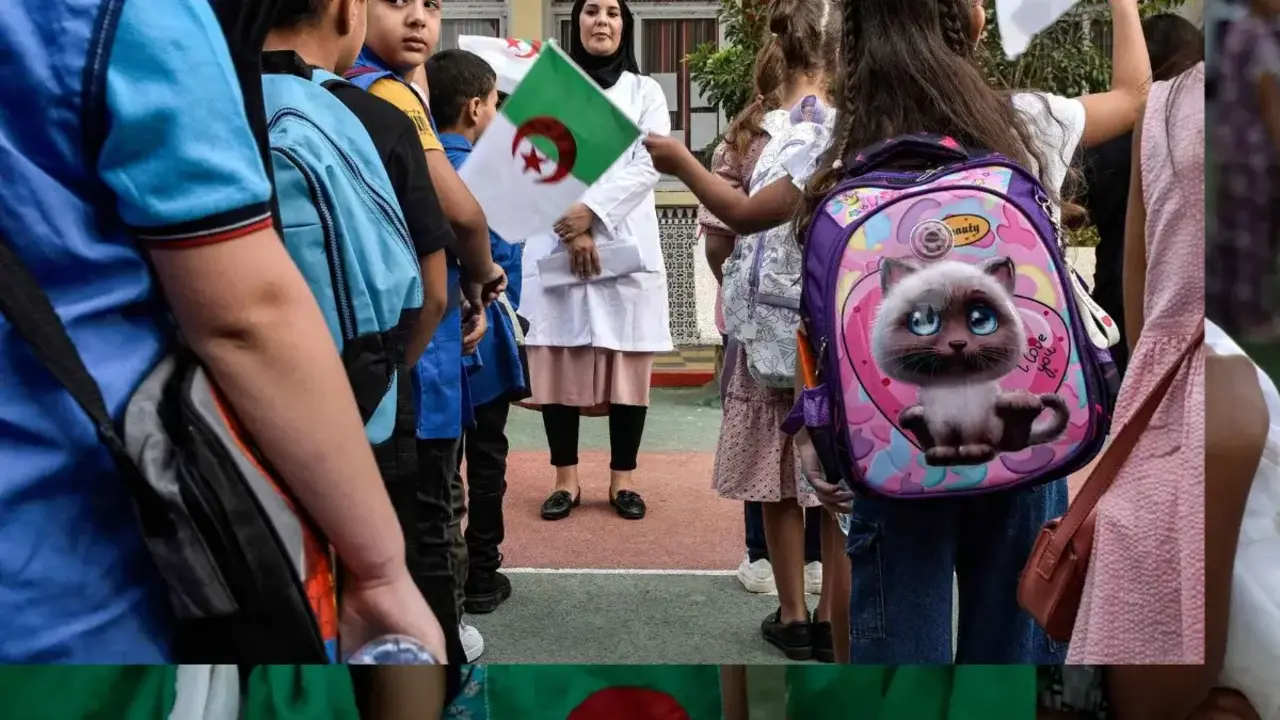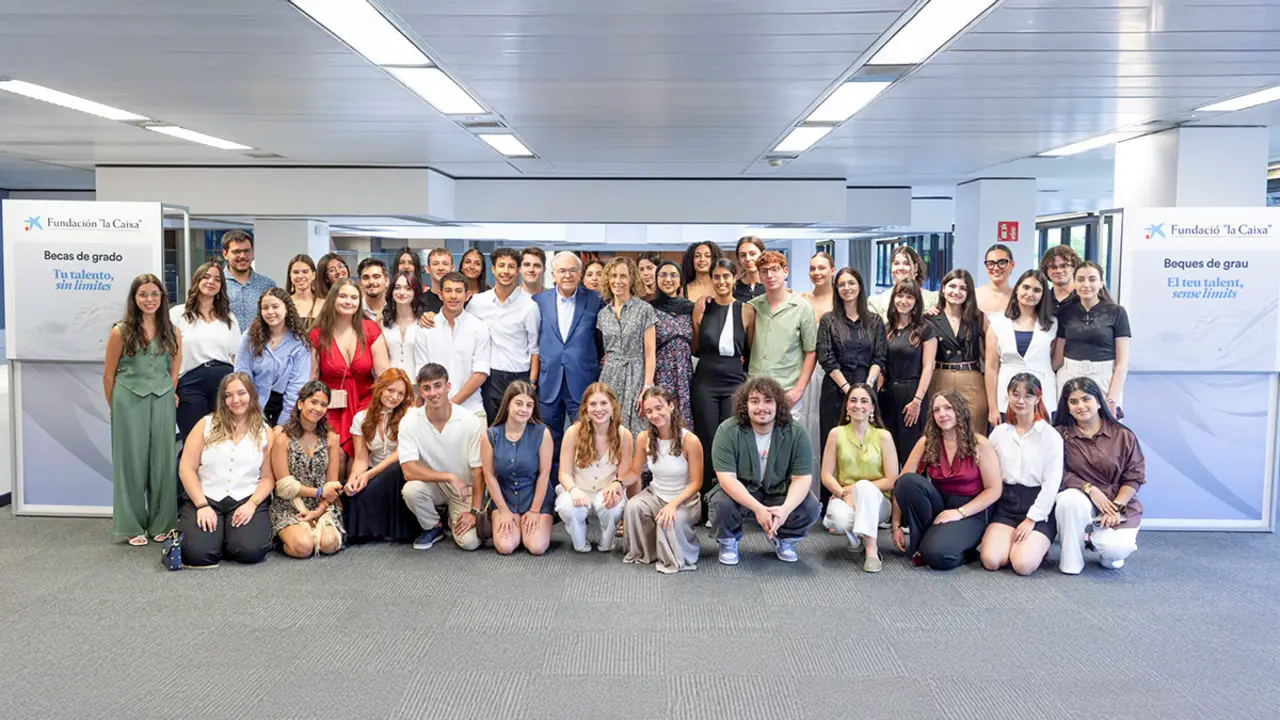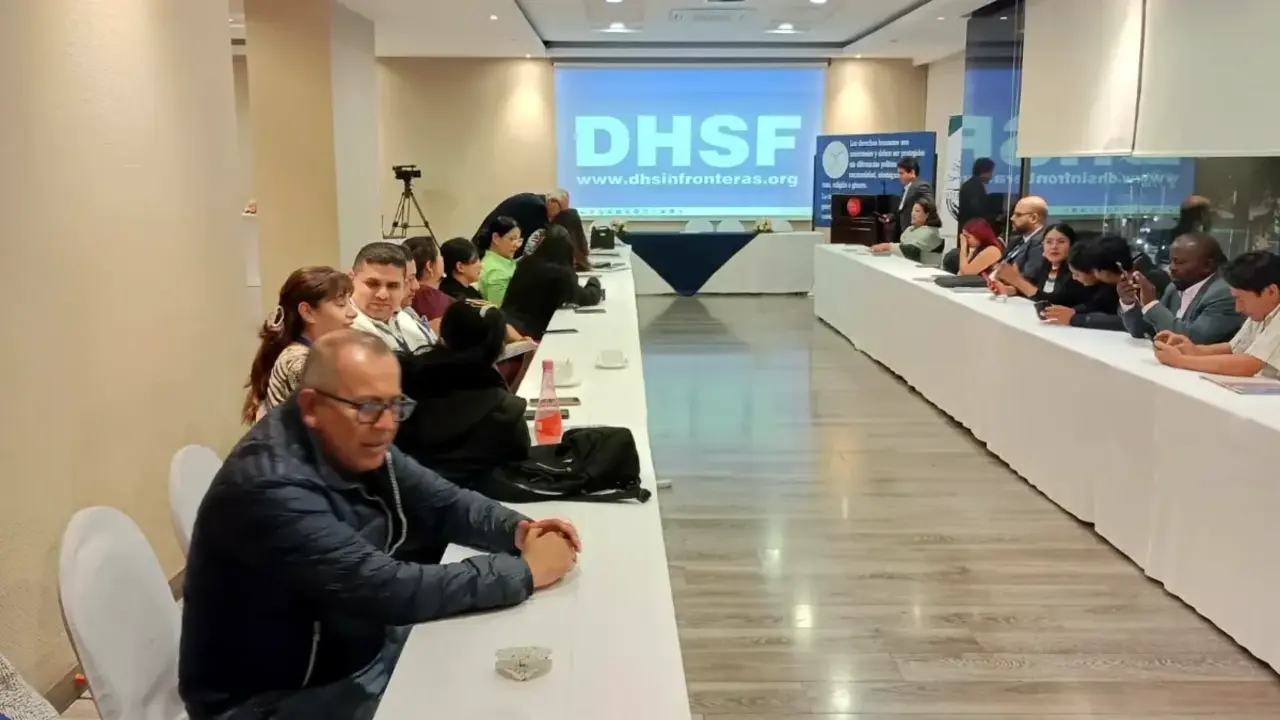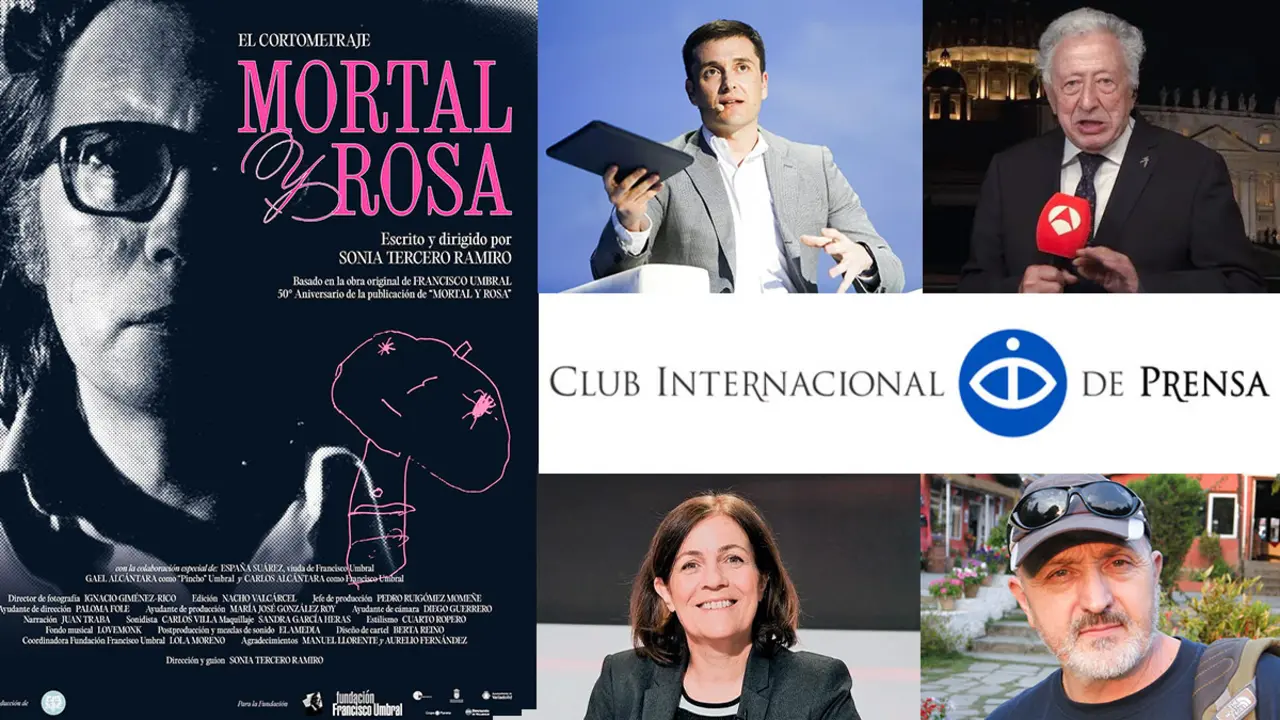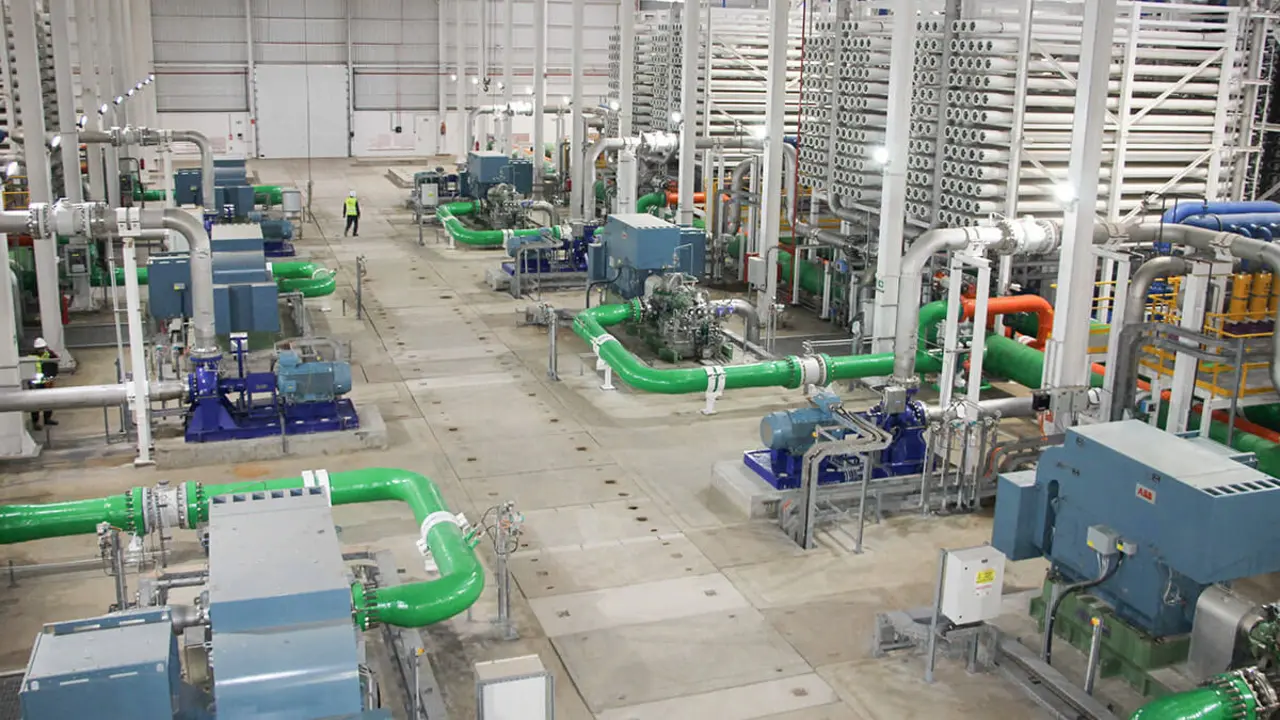Looking at migration

The audiovisual artist has the possibility to recreate outside his mind the images he conceives, to register them (leaving a testimony of his look on things), to sequence them in order to compose a story with them, to enrich them with language and music, to offer us, in short, a world that is an own elaboration from his imagination, from his personal and unique way of looking. The real, that which we call "reality", is always there, as a background for that look, but at the same time it does not exist without it, and it is different depending on it.
Two very different ways of approaching migration coincide on Spanish screens these days: the way in which Paula Palacios in 'Cartas mojadas' and the way in which Pedro Costa in 'Vitalina Varela' are seen. Two audiovisual approaches that speak to us once again of the presence and vigour of migrations as the driving force behind contemporary artistic approaches.
With 'Cartas mojadas', Paula Palacios has created a documentary that transfers to us in images the tragedy of the migrants who cross the Mediterranean by different routes (from Turkey to Lesbos; from Libya to Sicily) in search of the European dream.

The narrative voice is that of a little girl who has not been able to make that dream come true, a voice that emerges from the bottom of the sea so that we have the opportunity to listen to those who do not even appear in the statistics, who we will never know if they boarded and who we will not miss if the rescue takes place. The contrast between some images that do everything possible to capture what is real and to adjust to it, and that ghostly voice that comes from an imaginary being (that could be, but is not) to accompany us on the voyage increases the effectiveness of the narration by enriching the experience of the spectator, allowing him not only to attend as a privileged witness to some documented facts that he needs to know, but also provoking his commitment and involvement.
We are therefore faced with a documentary that uses rhetorical elements of fiction (but only in a very contained way) to aesthetically strengthen its communicative effectiveness.
If Paula Palacios is a young creator, dedicated primarily to the documentary genre, Pedro Costa is a Portuguese author with an already extensive career who has shaped his vision of the Cape Verdean emigrants to Portugal in a series of very personal films. In the last of these, 'Vitalina Varela', he tells the story of a Cape Verdean peasant woman who arrives in Lisbon to attend the funeral of her husband, who had emigrated to Portugal 25 years earlier in search of a better future. The film tells the story of Vitalina's mourning upon her arrival in Lisbon, three days after her husband's funeral. The actress who plays her plays her own life experience, as the film is based on the real events that happened to her.

Like Paula Palacios in her documentary, Pedro Costa also chooses a female character as the focus of his story. Aesthetically, the audiovisual proposal of both authors is very different. Pedro Costa constructs his story with images that emerge from the darkness, recreating themselves in the chiaroscuro: the light of this film takes us to the substandard housing districts where these migrant communities live, enveloping the spectator in an oppressive and depressing atmosphere.
The narrative that Pedro Costa constructs is very demanding with the spectator, above all because the progression of the story deviates following the drift of Vitalina's thoughts. Accustomed to the prevailing audiovisual narratives - conventional, simple and effective - Costa's film demands an effort of attention that makes us uncomfortable, as we do not find an immediate reward in it. The loss of communicative capacity that this demand entails is compensated by the formal universe that the images create, capable of transmitting by other means the harsh living conditions of Cape Verdean migrants, of evoking the desolation, the lack of hope and illusions that turn those lives into failed projects. Form and substance, expression and content, are inseparable in Pedro Costa's aesthetic proposal (which is at the same time political), radically removed from any commercial approach (which makes it even more valuable, certainly more daring, in the times we live in).

We are, therefore, faced with two ways of denouncing the migratory reality of the Europe of our time, built from very different aesthetic premises, from very personal views that seek to communicate with the spectators through different paths.
Luis Guerra, Professor of Spanish Language at the European University of Madrid, is one of the main researchers of the INMIGRA3-CM project, financed by the Community of Madrid and the European Social Fund



